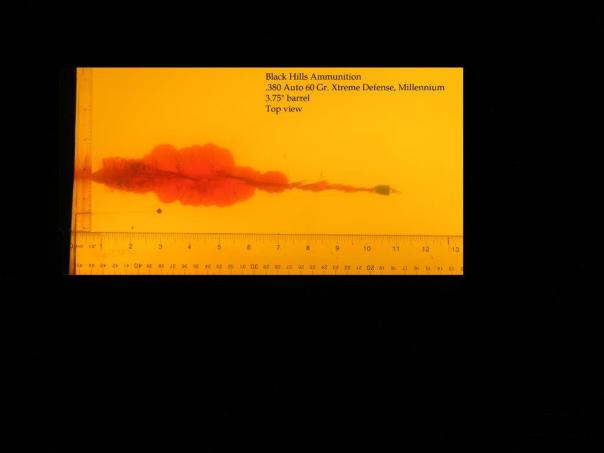But if, for the deaths, there is a significantly higher percentage of them in which a certain specific caliber was used, compared to the percentage of that caliber in the emergency room survivals, THEN that WOULD tell us something. Also, my comment was motivated by the fact that physicians working in the morgue can do a lot more exploring on their "patients" than physicians in the emergency room can do. That's also why I think some of the comments by handgun hunters on different observed wounds for different calibers can be useful.
You have a pretty good point. The authorities look down on surgeons who perform autopsies on living patients, regardless of how tempted we might sometimes be to do so. And people tend to get pissy when their surgeon makes an unnecessarily large and unnecessarily painful incision in their chest or abdomen so as to rule out a small possibility of a remote injury.
Pathologists do not operate under the same constraints and their subjects do not complain.
Of course, any study of gunshot wounds seen by emergency room physicians or surgeons is going to suffer from selection bias. The non-survivable wounds have already been selected out, with the exception of those DOA in the ER or trauma bay. Likewise, morgue data is going to suffer from selection bias.
When it comes to gunshot wounding mechanisms, I think all data needs to be considered.
For those who are interested, here is another citation to a journal from the UK that discusses treatment of high velocity military rifle wounds of the extremities. Again, a wound limited to an extremity is probably as close as one can get to ballistic gelatin. The article is long but here are a couple of extracts:
"Skin and muscle
These tissues are relatively elastic and therefore tolerate the temporary stretching effect of cavitation relatively well with limited tissue necrosis. Functionally, injuries to these tissues are also well tolerated."
"An injury with small entrance and exit wounds, no neurovascular compromise, and no evidence of fracture or bullet fragmentation on radiographs can be regarded as a simple through-and-through wound. It is likely in these injuries that there is a small amount of necrotic tissue in the permanent tract only and they can safely be managed minimally with irrigation, dressings, and prophylactic oral antibiotics. Consideration should be given to temporarily restricting use of the limb by plaster cast in order to protect the healing tissues."
The full article here:
http://www.ncbi.nlm.nih.gov/pmc/articles/PMC4596205/
Once again, these are all high velocity rifle wounds being discussed. If the secondary cavity disruption that is routinely seen with ballistic gelatin with these cartridges often caused secondary muscle injury apart from the permanent tract, this type of management would not be possible.
Last edited:


